Visit Us: 668 Wheeling Rd, Wheeling, IL 60090 | Store Hours: OPEN Mon-Tue: 10 - 6 | Wed: Closed | Thu-Fri: 10 - 6 | Sat: 10 - 3 | Sun: Closed | Delivery charges calculated at checkout.
- Home
- Water and Aeration
- Growing Environment
-
Lighting
- All Lighting
- LED
- Commercial Lighting Fixtures
- Gavita
- LEC/CMH Lighting
- Sun System DE Reflectors
- Sun System SE Reflectors
- Sun System Electronic Ballasts
- Electronic Ballasts
- Sun System Magnetic Ballasts
- Magnetic Ballasts
- Lamps
- Fluorescent Lighting
- Complete Systems
- Lighting & Electrical Components
- Extension, Power & Lamp Cords
- Light Movers Hangers
-
Plant Propagation Nutrition and Health
- All Plant Propagation Nutrition and Health
-
Nutrients and Supplements
- All Nutrients and Supplements
- Emerald Harvest
- Lotus
- Mother Earth
- General Hydroponics
- Nectar for the Gods
- Botanicare
- House and Garden
- Cyco
- Super Thrive
- Terpinator
- Hygrozyme
- Budswel
- Advanced Nutients
- Humboldt County's Own
- Monterey Epsom Salts
- General Organics
- Measure Master
- Down to Earth
- Xtreme Gardening
- Cloning and Seed Starting
- Leaf Shines and Washes
- Pest and Disease Control
- Growing Media and Containers
- Growing Tents Systems and Trays
- Tools, Accessories and More
- Closeouts
- Sale
- New Arrivals
- Featured
- Gift cards
- Brands


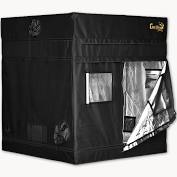
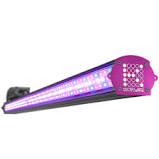
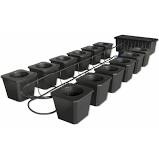
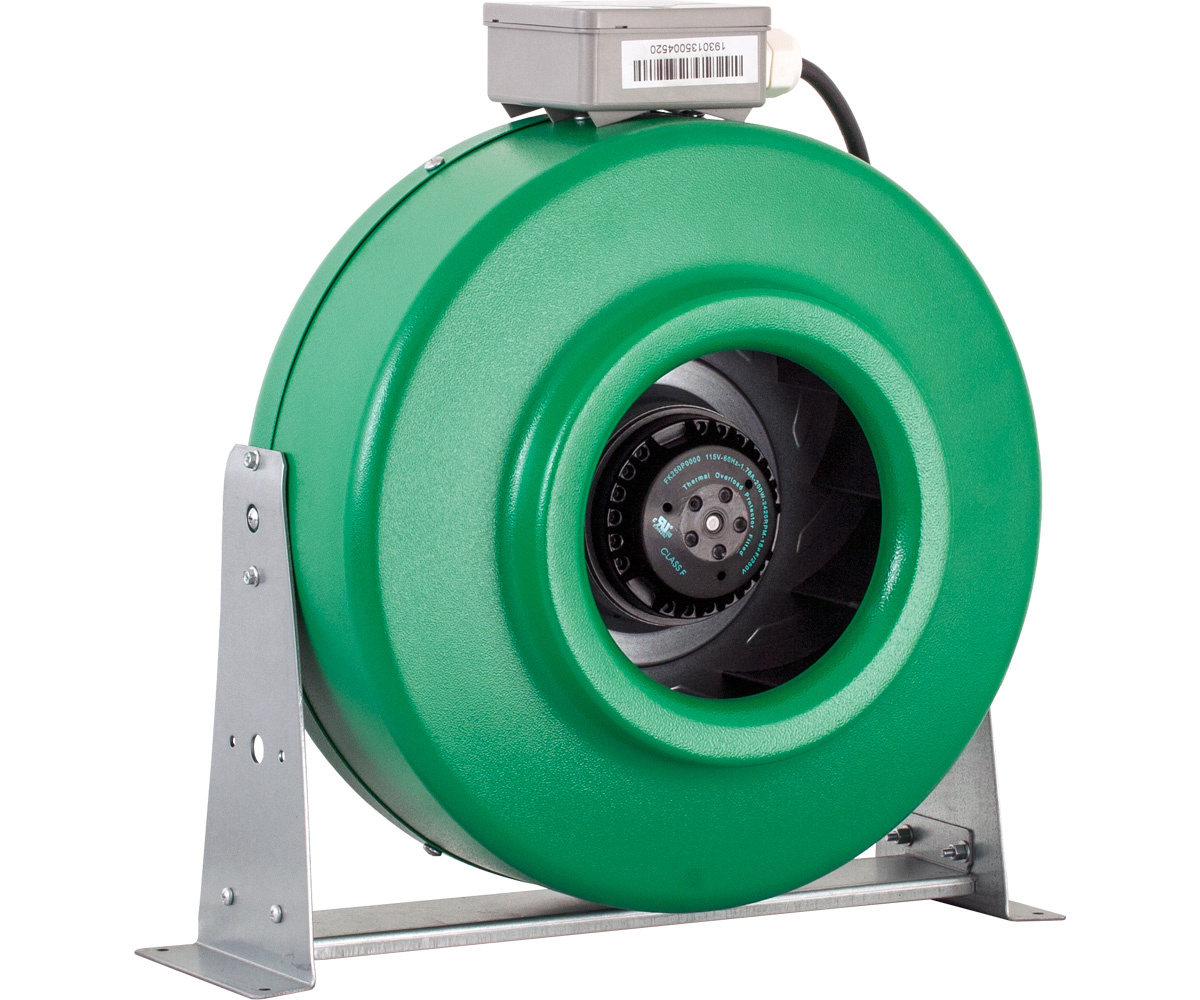
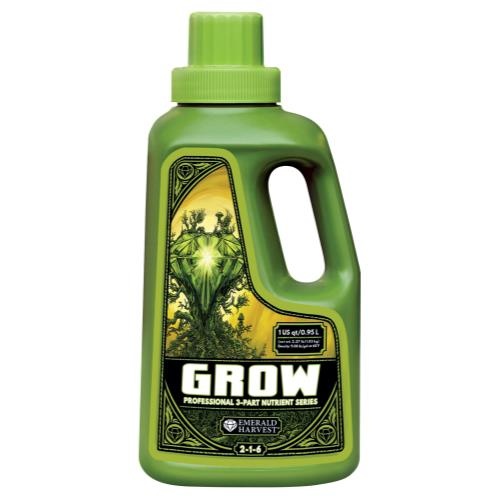
 Best Advice I Ever Got: It's Your Grow Room, Have Fun With It
Best Advice I Ever Got: It's Your Grow Room, Have Fun With It